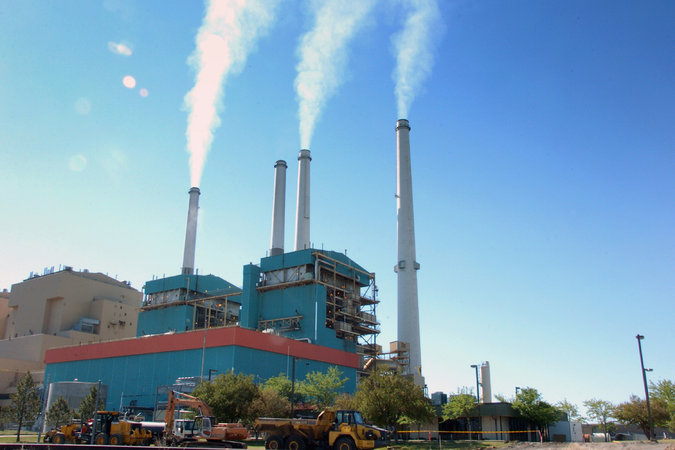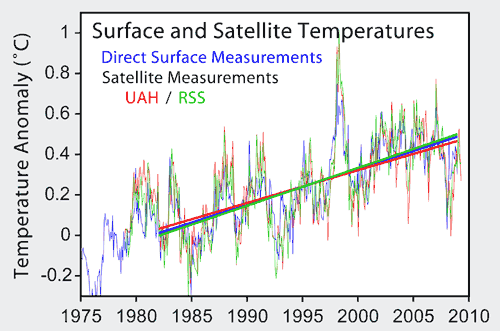Principia Scientific? Are you fucking stupid?
July, 2013
Principia Scientific International (
PSI) offers to host a
sacked Australian climate skeptic professor, Dr Murry Salby, for speaking engagements in London.
[13]
PSI says it has secured funding from publisher Stairway Press for the trip. A
later website entry made during Salby's trip says that Ken Coffman, of Stairway Press, had donated a four figure sum to cover expenses for the Salby trip,
which consisted (PDF) of two speeches in London, one in Cambridgeshire, and two more in Edinburgh.
[14],
[15]
A speech given in the UK parliament was
sponsored by British Labour Party MP Graham Stringer and attended by PSImembership officer Terri Jackson. A speech given in the Scottish Parliament was
hosted by Scottish Conservative Party MSPMurdo Fraser.
[16],
[17]
May, 2013
In April and May 2013, PSI chief executive John O'Sullivan became embroiled in a public row with prominent climate science denier
Lord Christopher Monckton.
O'Sullivan wrote a
letter to Monckton, saying he should not accept the basic physics showing carbon dioxide was a “greenhouse gas.”
[18]
O'Sullivan wrote: “Greenhouse gas predictions (and thus the science) are shown to be wrong.”
Monckton
wrote back, describing O'Sullivan as “confused and scientifically illiterate.” O'Sullivan
responded, saying Monckton's “belief in the greenhouse gas 'theory' is premised on misunderstandings, misrepresentations and half truths.”
[19],
[20]
May, 2013
The Australian newspaper's environment editor
Graham Lloyd cites Principia Scientific International in a news article suggesting there was a debate among scientists about the possibility of a coming ice age. The story cited an interview with Dr Habibullo Ismailovich Abdussamatov published on the PSI website. The interview had actually been published more than five years earlier on the Canadian National Post website.
[21]
Dr Abdussamatov “resigned” his membership of PSI soon after.
January, 2011
John O'Sullivan launches a crowd-funding campaign to raise cash for PSI. As of December 2013,
the campaign had raised just $450 of its stated $15,000 goal. The plea for funds said:
[22]
Give generously for this good cause knowing you can help to counter the creeping folly of misguided societies that appear to have been commandeered by political lobbyists and shills serving self-interested corporations or misguided national governments.
Christophere Monckton called PSI "confused and scientifically illiterate".

